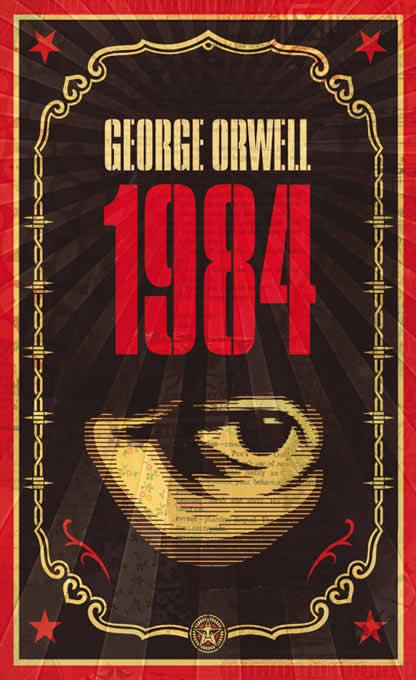2. Computers (2103)
3. Peer Review Blog Posts:
- Find a blog post of a classmate that is on characterization or plot. Make sure every classmate has at least 1 reviewer.
- Read the blog post.
- Fill out the reviewer checklist sheet for the post.
- Read each sentence carefully and give the post a mark for writing conventions.
- Create a comment for the blog (if the blog does not allow comments, you can write it on the back of the reviewer checklist). List 2 specific things you like about the blog post.
- Give “next steps” feedback on the back of the checklist sheet. Give at least 1 specific thing the author could try to work on in this post.
- Repeat for interest or another characterization/plot post.
